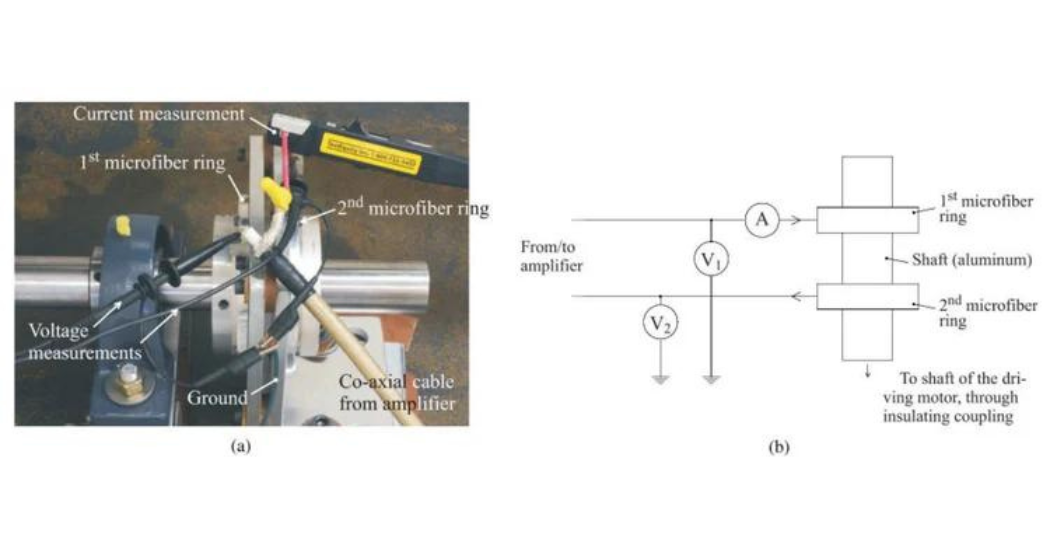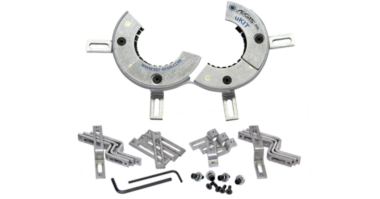EST-AEGIS gets a lot of questions about the resistance (ohms) of their AEGIS Shaft Grounding Rings. Fair enough: EST-AEGIS’ rings work by providing a low-resistance path between the frame and shaft, so stray electric current will flow through the ring instead of through the bearings. It’s natural to wonder how much resistance current feels when it flows through the ring. The answer is typically a few to several ohms*, but there’s much more to the story.
When Ohm’s Law Isn’t Enough: Understanding AEGIS Rings and Effective Resistance
When you use a multimeter or ohmmeter, it uses Ohm’s Law to calculate the resistance. But Ohm’s Law only applies under certain circumstances. One requirement is that all of the current-carrying components must be physically connected.
When a shaft grounding ring is installed on a motor, its fibers contact the shaft. But the fibers vibrate when the motor is running, so as few as one to ten percent of them remain in contact. However, even when the fibers do not physically contact the shaft, they often remain close enough to allow current to flow. At fiber-shaft distances less than five microns, shaft voltage as low as 2V can drive current flow by field emission of electrons. If the field emission current gets intense enough, the air will electrically break down and conduct much better.
The value of the resistance from an ohmmeter does not capture this no-contact conduction. The “effective resistance” of AEGIS rings, including both contact and noncontact paths, is difficult to measure (though it can be done with the setup shown below). The effective resistance is not a constant property of a grounding ring; it depends on the size of the current flowing, its frequency content, and the shaft speed.
 The resistance you would measure with an ohmmeter is significantly higher than the effective resistance when the grounding ring is in operation. The good news is that the measured resistance is an overestimate of – an upper limit to – the actual effective resistance.
The resistance you would measure with an ohmmeter is significantly higher than the effective resistance when the grounding ring is in operation. The good news is that the measured resistance is an overestimate of – an upper limit to – the actual effective resistance.
But the fact is that you shouldn’t worry about the resistance of an AEGIS ring. There are better ways to check whether a grounding ring is working. In Their next post, EST-AEGIS will explain why you should test shaft voltage instead of resistance.





Comments